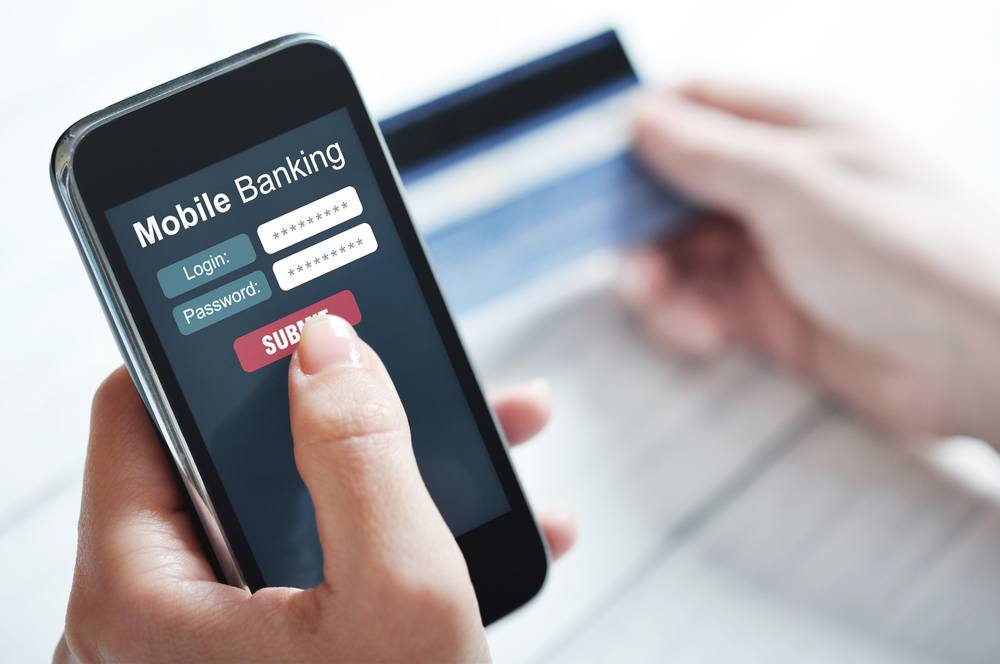Gone are the days when you waited in long queues in front of the teller’s counter to withdraw cash or waited for a long week to get an outstation cheque cleared. The banking sector all over the world is undergoing massive face lifts and India who is one among the toppers to swim with the tide is catching up with these developments fast, making it at par with any international banking structure.
India with its strong Rs. 77 trillion economy today is backed by the government to increase its penetration levels which currently stand at 3.5 ATMs and nearly 7 bank branches for every 100,000 people. Let us take a look at the five interesting trends that are likely to change the face of the Indian banking sector in the coming months.
Social Banking: The use of social media for bank transfers including international transfers is likely to be the next big thing in the Indian banking space. Social media platforms like Facebook and Twitter can be used to offer instant money transfers between friends and followers. Sending money to anyone located in any part of the world could well be a Facebook message or a tweet away as banks are seeking active collaboration for money transfer and other banking facilities with various popular social media platforms. Kotak Mahindra Bank and ICICI Bank are the pioneers in this move. The Kay-Pay of Kotak Bank and ICICI Bank’s app for online fund transfer through FB and for making online purchases are set to make big waves in India in the coming months.
Cash Withdrawals from Point of Sale Terminals: Running out of cash while out shopping and cannot see any ATM nearby? Well help is at hand using point of sale terminals. State Bank of India, India’s largest public sector bank has taken a lead by offering its debit card users the option of withdrawing funds up to Rs. 1000 from any shop or store with a point of sale terminal. The point of sale terminals is used by shopkeepers and store owners to swap both debit and credit cards to allow payments by card holders. While the trader or the shopkeeper would get a revenue of Rs. 5 for each cash withdrawal done by shoppers or visitors, the common man need not run to the nearest ATM in case of any financial emergency.
Small and Payment Banks: The introduction of small and payment banks as announced by the finance minister is likely to make sure that each section of the society including the poor, labors, migrants and the ones living below poverty line have access to banking channels. Small banks have been designed to provide basic banking services to the common public within a limited area. Small banks would be ideal for semi rural and rural areas where access to the nearest bank is sometimes too far for the comfort of the common man. Payment banks on the other hand would be more matured banks that would have the power to offer products such as demand deposits and remittances along with offering basic banking services.
E-Cheques: From e-banking to e-governance the government of India is trying its best to promote technological banking solutions in order to make the system work faster and more transparent. The use of e-cheques are likely to be a step forward in the same direction as the service would look to replace the conventional paper cheque system completely in the near future. The electronic clearance system for paper cheques has been upgraded with the introduction of new cheque leafs with digitized codes allowing easier integration towards the e-cheque system in the near future.
Virtual Branches: Imagine going online to your bank’s website, selecting your branch and you are taken to a virtual platform where name and images of employees are displayed. You can click the image of those whom with you would like to interact to initiate an online chat through video interface, just like you do while inside a branch. Sounds funny? But this would be a service many banks are likely to offer. ASB Bank of New Zealand has already initiated this concept with a virtual bank that works exactly like a real bank. Connecting customers through social media in real time is also a recent change in this connection likely to happen in the banking sector. This will be more advanced model of e-branches or kiosk branches which is already there in our country.

great article!